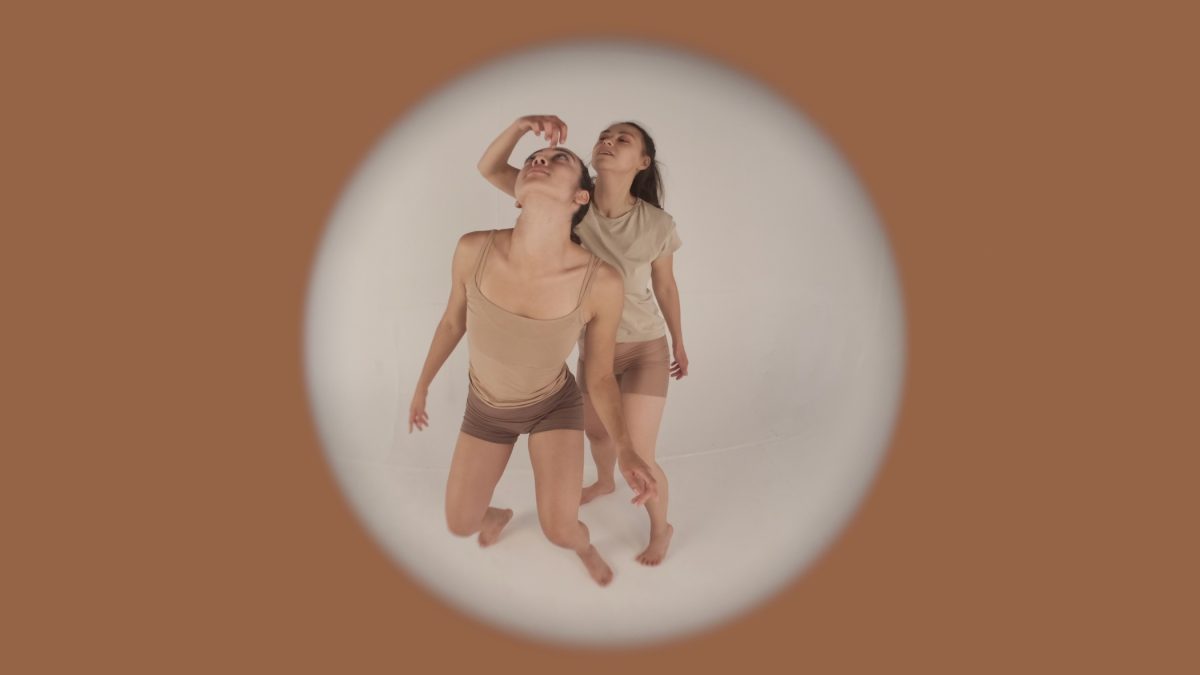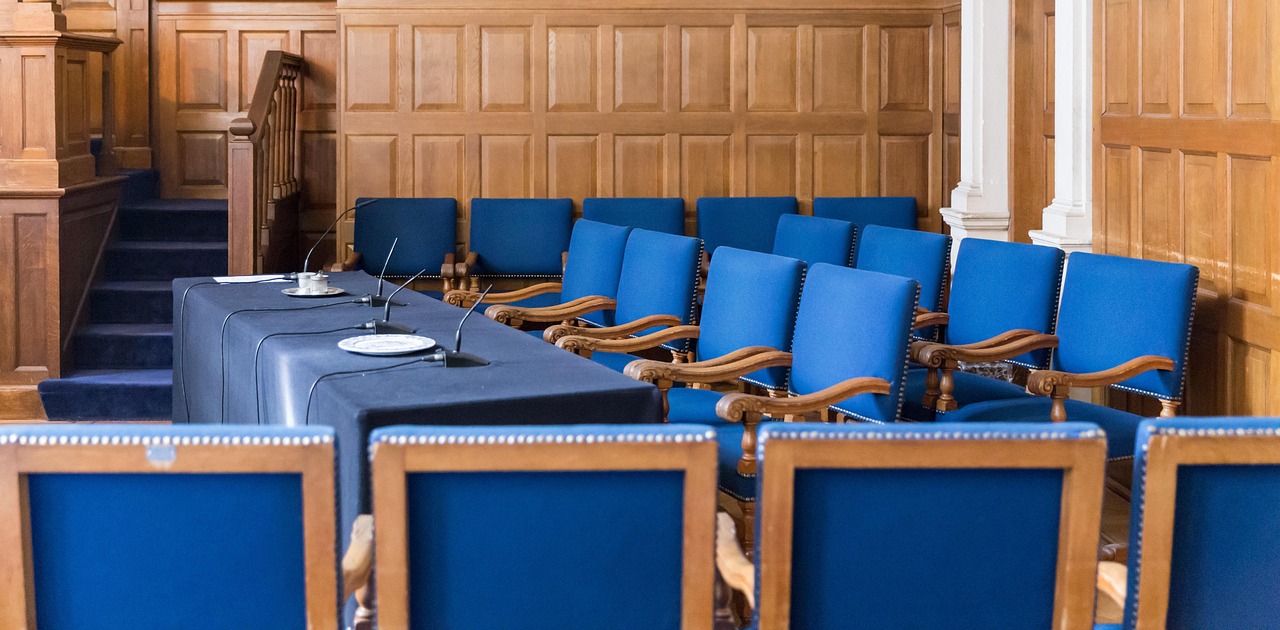Introduce yourself and your family
Me – mummy, daddy, and our daughter who is now two. My husband has two grown-up sons who live in their own houses. Both our fathers are around plus lots of extended family and complicated family trees!
Was your agency a local authority or a voluntary agency?
Local authority called ‘Together for Adoption’ which was created by five boroughs who teamed up over the years. It covers most of the North West.
What was your biggest worry before you started?
That we would be classed as ‘not good enough or declined for a reason that was beyond our control. Covid happened and navigating through that unknown as well as the process when it was new to everyone while staying safe, was difficult.
Why did you decide to go down the fostering-to-adopt route?
We started on the regular adoption route, which had an introduction to the fostering for adoption section and gave us the option of more on another course. We also went to an open evening meeting people who had experienced it and it seemed like we could take this path and we were a good fit for what they needed.
How did the matching process work? Did you look at lots of profiles?
The matching process is a little different to “traditional” adoption. There aren’t any profiles to look at or pictures as they are unborn, but the local authority already knows which babies are coming through the system and roughly when you are likely to complete your training and hopefully be approved.
The matchmaker links you with an unborn child and their family. We then read the information to check were happy with everything before moving any further. The first child recommended to us didn’t work out, but our daughter was mentioned a week later, and the rest fell into place.

How old was your child when they came home?
She arrived at our home straight from the hospital at four days old.
From your point of view, what are the main differences between fostering to adopt and a “normal” adoption placement?
You have the opportunity to give a child a stable and loving environment from the moment they arrive and help them with that first stage of life, which is so important to them for setting foundations. You can give them consistency and know their story from as early as possible to be able to give them the answers they need as they grow.
It is riskier for you as there is still a chance they may not stay with you. But a wonderful situation to be in for everyone when they do stay, by not being moved around. You will be giving them the best start in life either way.
When a child is placed with you under a “normal” adoption plan, the court has already made the Care and Placement orders so there is very little uncertainty about the placement. But the child will have moved from at least one foster placement, sometimes a lot more.
How did contact work? Did you meet the birth family at each session or did a social worker take your child in?
We had a contact session from the Monday after she came home to us on the Friday. This was for an hour, three times a week at a centre specifically for these types of meetings. It was a 45-minute drive there and we handed her over to a trained social worker in a carpark within walking distance, and she would be returned an hour later.
Her birth family weren’t able to know the drop-off/pick-up situation for everyone’s safety. We would then make the journey home.
Communication was done through a notebook. We also had a video call every Friday morning where they could see her but not us or where we were. This was all done during Covid restrictions which did make things a little trickier. It was emotionally very hard for all involved but you have to just do what is right for your child.
How did you find the fostering to adopt process?
We didn’t know what to expect even though we were prepped as much as possible. It was raw, difficult and stressful. But the joy of having our little girl to care for was rewarding and wonderful and we knew we were doing it all for her.
We had amazing support from the social workers, friends, and family. But looking back, we really needed specific fostering for adoption support. We have gone on to support others going through the process now to try and fill in those gaps for them.
You can feel at times that you don’t have any say or some decisions but have to have faith in the process and learnt to be very patient.
How long was your child home before the Care and Placement orders were made at court?
Seven months for the care and placement orders. And then the adoption order was completed another six months later
How did adoption leave work?
I ended up being lucky enough to extend my maternity leave at work. I initially took 12 months off. We balanced savings and maternity pay and we were paid while we were fostering which helped. I went back to work four days a week after 16 months off work.

Were you entitled to any allowance or payment as foster carers?
Yes, you get a weekly payment and expenses. It helps with nappies and milk and keeping your life balanced.
What has been the most difficult part of the process?
Having others make some serious decisions for you and your child. Trying not to get too attached just in case but knowing you had fallen completely in love anyway.
Hoping you were making the right decisions when the time came and making sure you have all the answers for them. Court dates changing and fighting for what you think is right or wrong was tough.
It was a lot to have so many different social workers coming into our lives and knowing everything about us, and then leaving. We really missed them as they became a part of it all.
Contact with the birth family, knowing their backgrounds and being comfortable with everything was challenging. We learnt not to judge another person’s life or the reasons why this child is with you.
Have you needed to access additional help and support from your agency since your child came home? If so, what and did it meet your needs?
Only for small things and they are always helpful. There are ways to stay involved with nurture groups and monthly catch ups with other families in similar situations.
What has been your best memory since your child came home?
The day she arrived and a few nights later when the shock wore off, we both realised just how brilliant she is. Getting her passport in the post was an amazing feeling! And seeing how settled she is and how much she’s thriving from our care and love.
If you could go back and have a conversation with yourself about the process before you started, what would you say?
Do it – a million times over. Some naivety is good as I don’t think some would do it if they really knew how hard it is. But isn’t becoming a parent hard no matter how it happens? It’s just different.
Reach out. Find people who have been through it – it’s good to vent to someone who understands. Keep the communication open in your relationships. You won’t parent the same way and you won’t deal with the process of fostering for adoption the same either. But that doesn’t mean it’s wrong.
I’d tell myself to be forgiving.

Head to the adoption section to read more adoption stories.



